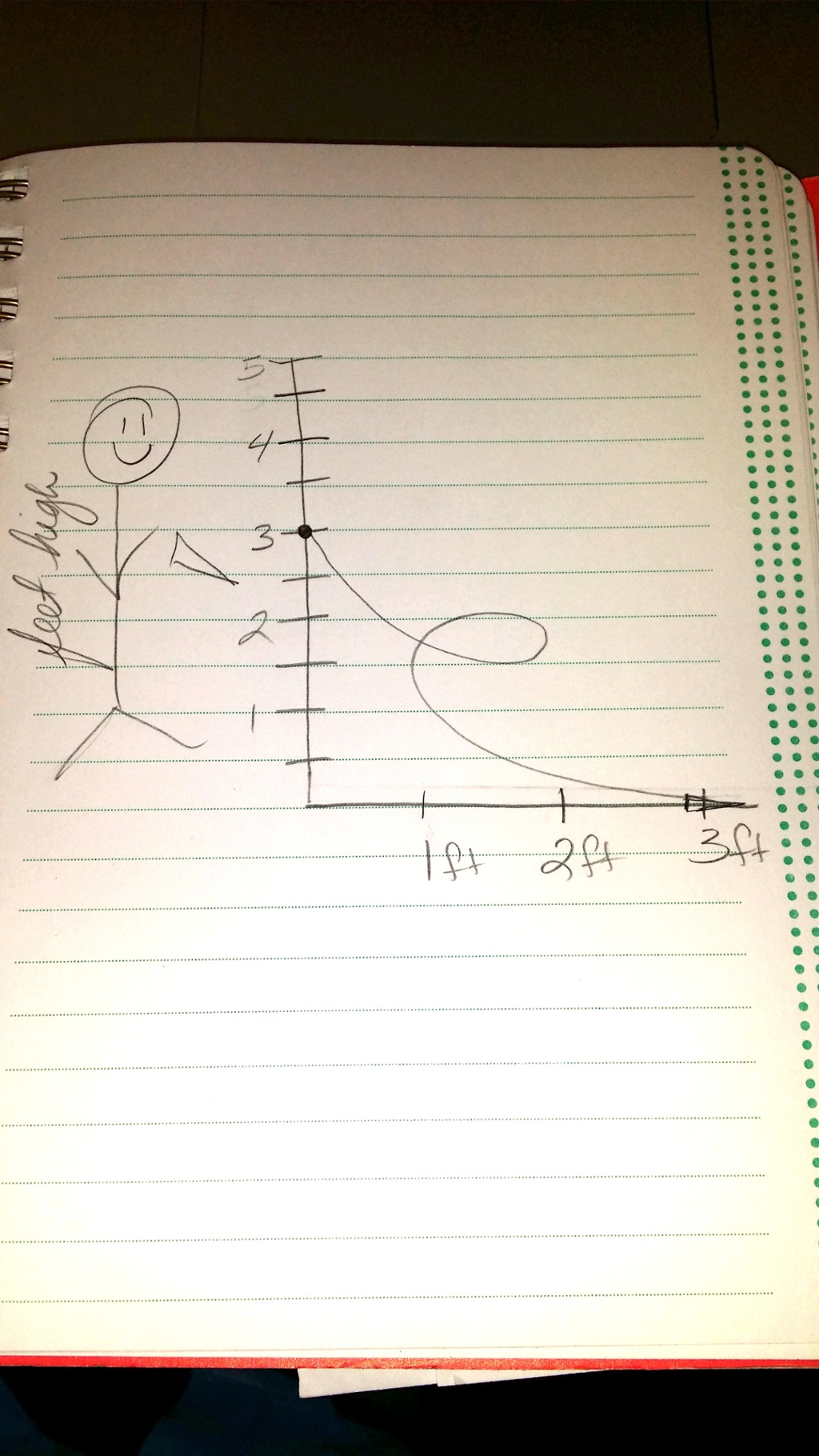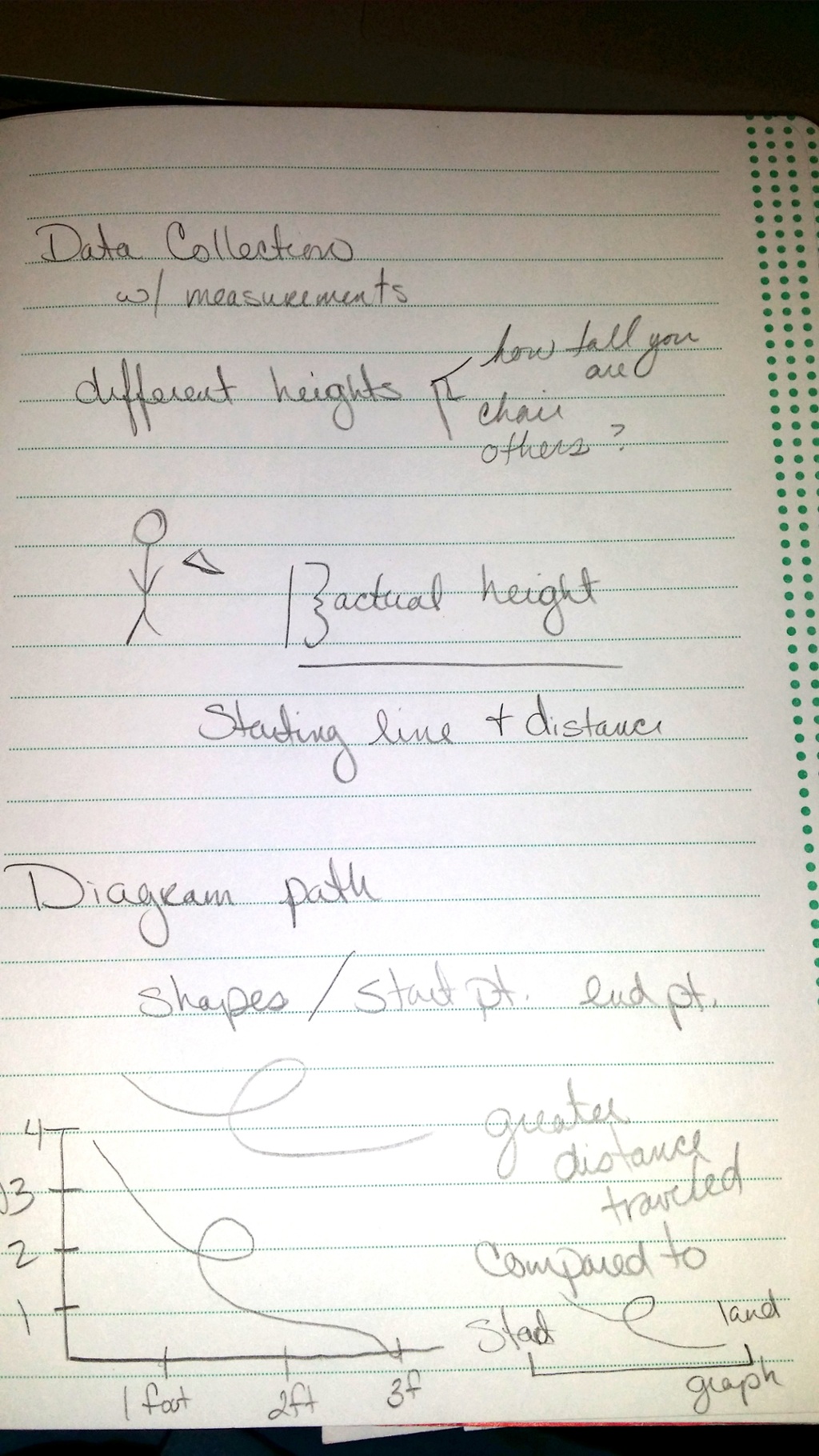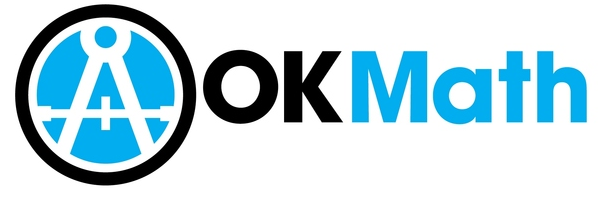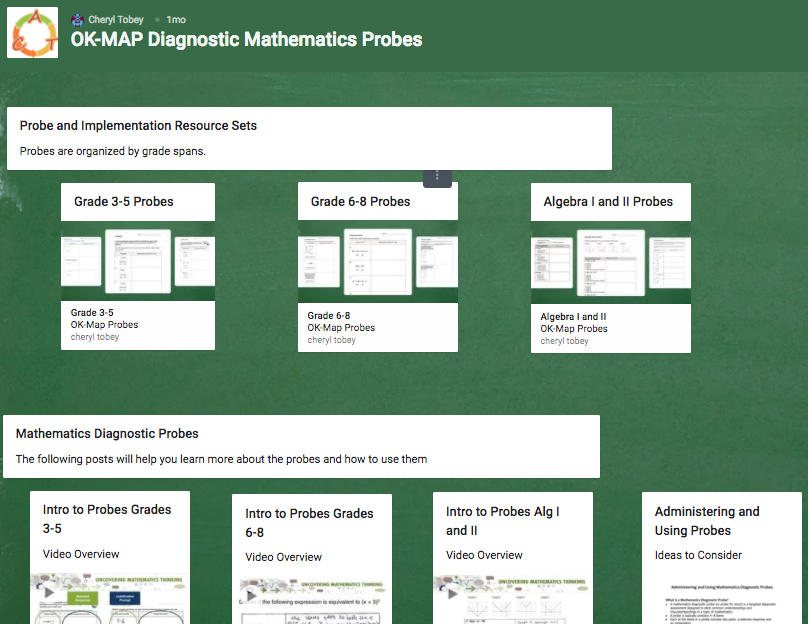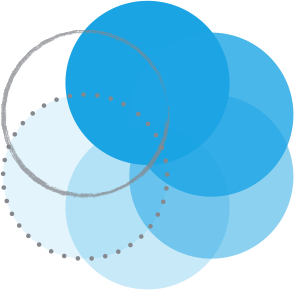Elementary teachers teach it all. Even if you are departmentalized, you work extremely close to your partner teacher and plan integrated lessons. Why not? Science and Math naturally go hand-in-hand. Science is the place in the students’ “now” where they can use the math they are learning. This definitely translates into me having to learn more real science. Tiffany Neill, our science director, let me tag along to one of her amazing Elementary Science Workshops. By the way, she is an awesome presenter. If her tour takes her to a city near you, you should totally buy her free tickets the moment they are available. They go Garth-Brooks-Concert fast.
What I Learned in Science Today:
Tiffany organized her workshop to show how the Disciplinary Core Idea (official term) for Force and Motion is vertically aligned to build across the disciplines, much like the math domains. She showed three activities, one on a Kindergarten level, one on 3rd grade and one on 5th grade level. The unique things was that she worked backwards. This post will cover what I learned during the 5th grade level activity.
Paper and gravity and air particles, oh my!
This first activity was the 5th grade activity and involved creating a paper airplane and “dropping” it to see how far it would glide. Participants were warned NOT to help it with any forward push. Admittedly, this was a very tough rule to follow. The conversations that followed the experiments were about how the different design aspects of the planes played with gravity and air particles to guide it to a slow easy decent, a terrifying tail spin, or shear drop. There were many many “thuds” in the room on the first tries. Thankfully, no scouts from Boeing were there to recruit.
In the process of taking pictures, my mind went into overdrive looking for places to put numbers. One teacher stood in a chair to drop hers. She was wanting to see if drop height would make a difference. This started me wondering if the height of the teacher, or student, would impact the “flights”. Being a little on the vertically challenged end myself, I was intrigued. Then came the idea of “whose traveled the farthest?” I overheard many phrases like “about here” or “about 3 steps”. That is a great starting point, but what if we went a step farther? (Oh no, I am channeling Levi!) Anyway, what if we put masking tape on the floor, allowed students to use a yard stick or meter stick to mark off some measurements and had the students record the data? Working on fractions? Have them use yards or meters so they will have conversations sounding something like this, “Mine went 2 and 1/3 yards!” Up the challenge and put masking tape on the wall. Have them measure the distance from which it was dropped. What would it look like if you graphed it?
WAIT, it gets better! Tiffany then had them record their flight paths. That’s right, loops and all. What would that graph look like? Would you then compare the actual length it flew to the distance it traveled? They do the drop many times so they will need many graphs!
Below are a couple of pictures of my notebook. I take notes in pictures, don’t judge! I put these pictures in Thinglink and made them interactive. Run your mouse over the bullets and you will see more!
